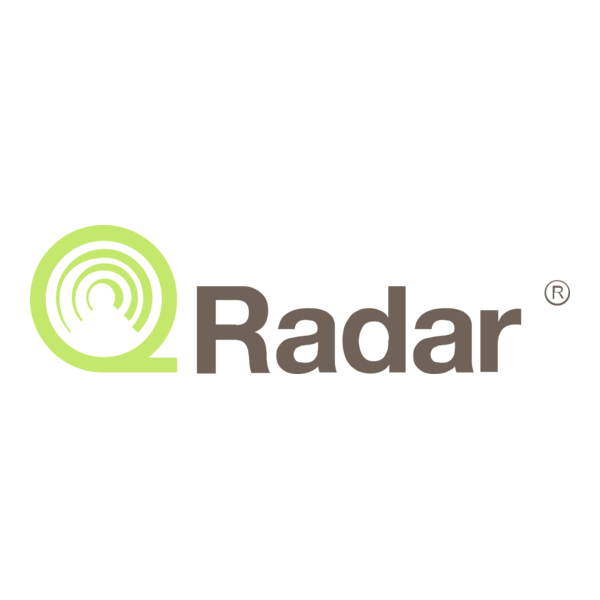## Pricing Analysis
These platforms commonly scale pricing by the number of vendors or third parties monitored. Smaller businesses assessing a few dozen vendors may spend in the low tens of thousands per year, while enterprises with global supply chains can face six-figure or higher commitments.
Costs expand when organizations require continuous monitoring, automated questionnaires, and integrations with procurement and contract management systems. Vendors often bundle premium support or sector-specific regulatory content into advanced tiers, further raising the overall spend.
## Quarterly Trends & News
| Theme | Update |
|---|---|
| **Stricter oversight** | Financial services must maintain registers of ICT vendors under DORA and prove resilience of critical suppliers. |
| **Supply-chain accountability** | NIS2 requires supplier risk management and shared liability for breaches. |
| **Disclosure spillover** | Public companies must disclose material incidents even when rooted in a vendor’s environment. |
| **Continuous monitoring** | External telemetry (e.g., leaks, misconfigurations) augments traditional vendor questionnaires. |
| **Fourth-party awareness** | Organizations begin mapping dependencies beyond their immediate vendors. |
## Common Terms & Definitions
| Term | Definition |
|---|---|
| **C-SCRM** | Cyber Supply Chain Risk Management across the full vendor lifecycle. |
| **Critical ICT Provider** | Third parties designated as systemically important under EU rules. |
| **Register of Arrangements** | Inventory of all third-party service contracts required by regulators. |
| **Right to Audit** | Contractual clauses granting inspection of vendor security practices. |
| **Fourth-Party Risk** | Risks introduced by a vendor’s subcontractors. |




